When you’re starting the design and development of an eLearning course, it’s usually a good idea to start by organizing your content and by drafting an eLearning storyboard. But first, before you can start writing a single word, you need to collect your eLearning content!
If you’re new to eLearning, one misconception that you may have is that your subject matter experts will provide you all of the content you need to create your course. In fact, when I was early in my eLearning career, I’d found myself wasting a ton of wasting time, waiting for my subject matter experts to deliver everything they wanted me to include in the course.
Don’t expect your SMEs to magically come through with a deck that you can simply polish into a learner-ready eLearning course!
The truth is, while your subject matter experts may have some documented content, best practices, or procedures they can share with you, don’t expect them to magically come through with a deck that you can simply polish into a learner-ready eLearning course! As eLearning (and instructional) designers, it’s our job not only to collect content, but also create it!
Here are some tips that will help you collect your eLearning content.
Tak to Your SMEs

Yes, I know I started this post by stating that you shouldn’t rely on your SMEs for your eLearning content; however, it doesn’t mean they can’t be a trusted resource! As you organize and collect your eLearning content, spend some time interviewing your subject matter experts—they have a wealth of knowledge on the topic you’re covering. Depending on the topic, ask your SMEs about specific procedural questions. Try going beyond the surface, and get into the weeds about the topic your covering.
While your SMEs will no doubt have a lot to say, be careful not to include everything they have to say. Often times, they’ll include a lot of nice-to-know information that your learners don’t absolutely need.
Review Best Practices & Procedures

After you’ve spent some time talking to and interviewing your subject matter experts, you should cross-reference it with any documented best practices or procedures (if they exist). As you collect your eLearning content, review any documented information and make sure your content aligns with the existing guidance and procedures.
Often times, you may discover that a discrepancy or gap exists between the information provided by your SMEs and what’s documented in the best practices. If that’s the case, bring this to the attention of your SMEs to be clarified and corrected.
Conduct a Task Analysis

If you’re creating an eLearning course on a task or procedure that has specific steps or procedures, a task analysis is a great way to systematically identify each task and process your learners need to perform. Performing a task analysis can help ensure your learning objectives are aligned to what learners really need to be able to do after completing your course.
Often times, conducting a task analysis can help you better understand the topic of your training. And the more you can understand the topic at hand, the more equipped you’ll be able to create training and help others (your learners) perform on the job!
Talk to & Observe Your Learners

Observing and talking to those members of your audience who’ve already mastered the topic or process you’re teaching is another great way to collect your eLearning content. And while it may seem obvious, it’s one I think most eLearning designers miss on a regular basis!
When you spend time talking to your learners, you get to understand what challenges they are facing and what they need to overcome those challenges. And of course, when you talk with those folks who’ve already mastered what you’re teaching, you can draw from their experiences and build it into your eLearning content.
The Bottom Line
When you need to collect your eLearning content, it’s more than waiting for your SMEs to provide you everything you need. As an eLearning designer, it’s your job to do the hard work and create the eLearning content! While your SMEs may be one source of information, consider getting into the weeds by talking to your learners, conducting a task analysis, reviewing best practices, and more! Trust me, your hard work will result in a much better learning experience!
What other tips can you share about collecting your eLearning content? Share them by commenting below!
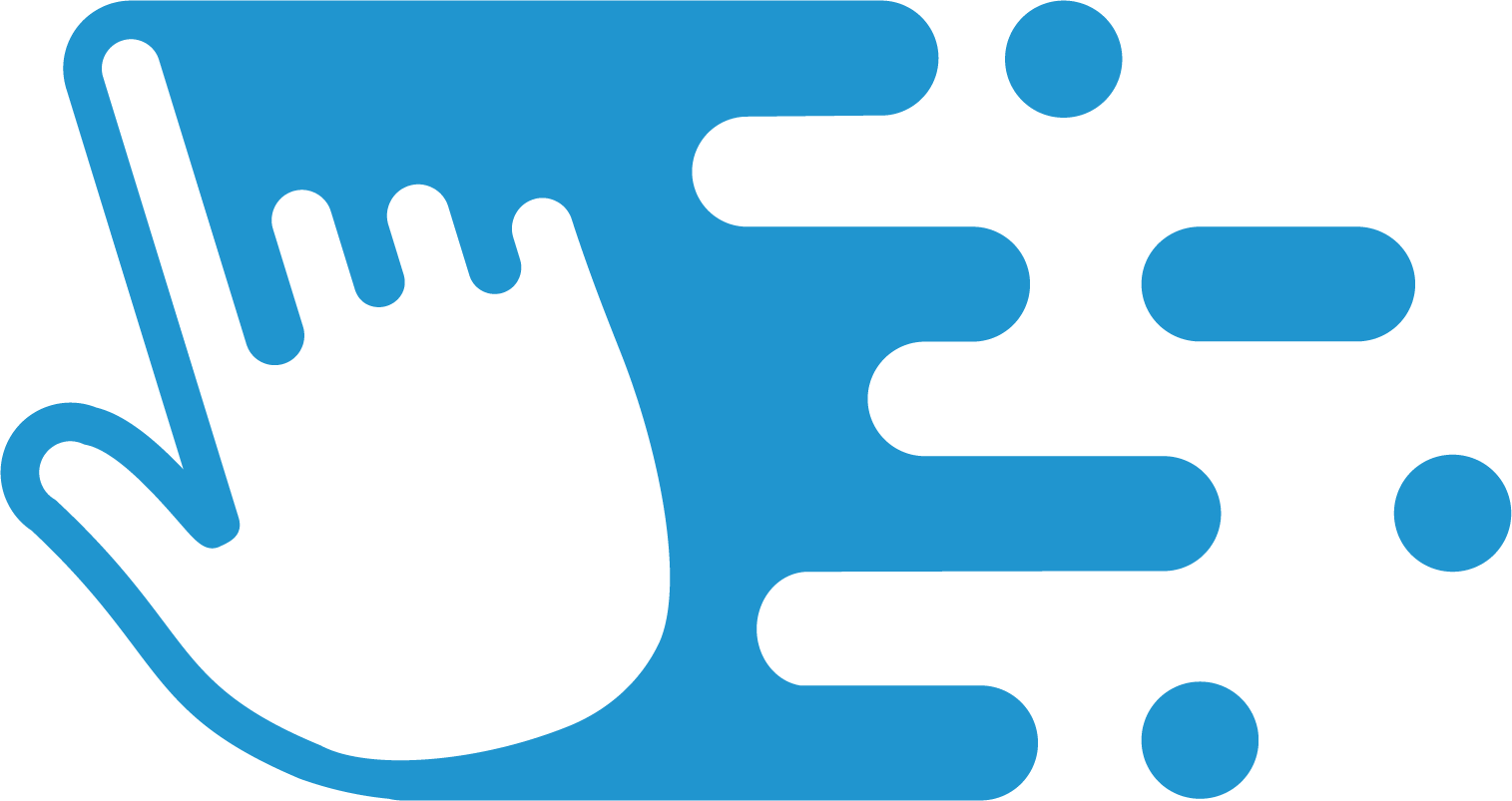

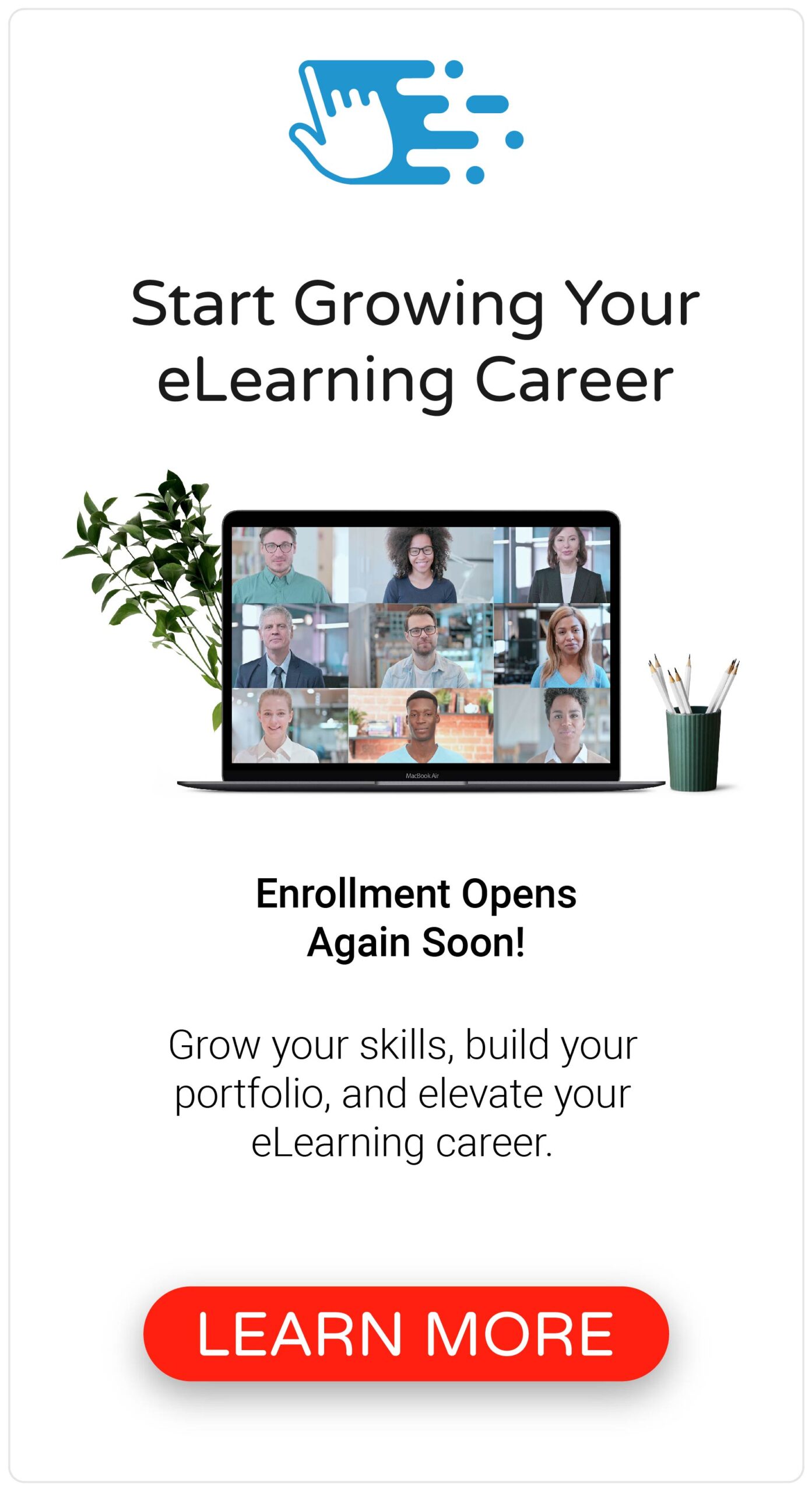
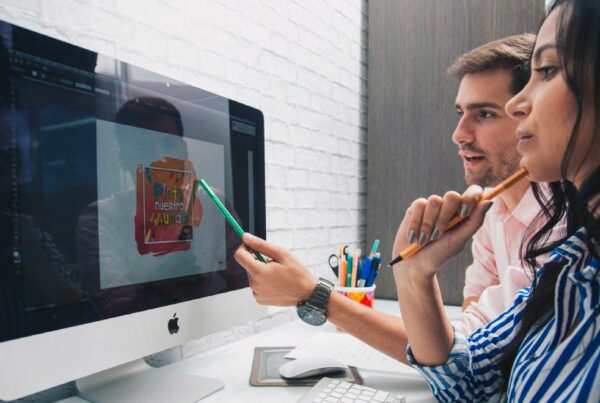
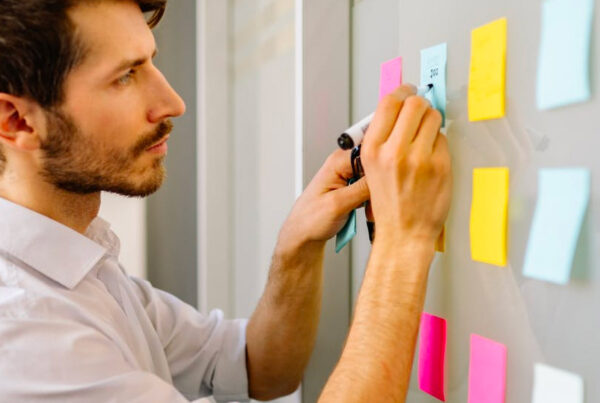


I think collecting content can also be like remodeling a house. You get a quote from the contractor, but then things change as they start to do the work and discover things lurking behind the walls or under the floors that need to be addressed like old wiring, leaking pipes, etc… I’ve found that I sometimes think I have all that I need to create the course, but then I discover that something is missing, doesn’t quite make sense, or doesn’t seem to align with what the SME was telling me or has provided. That’s where setting expectations and building great relationships are a crucial part of the process. You have to understand that content collection and creation are not one and done processes nor are they always linear or smooth. Plus, the SMEs, especially if you’ve taken the time to build rapport, will provide you with things that only they know or nuances that might be critical elements that take what you’re creating from a B to B+ experience to an A to A+ experience.
I love that. Thanks for sharing, Philip!
This is helpful, thank you! One question: how does action mapping fit into the timeline of SME interviews, content collection, and creating a course outline? Do you book one meeting with each SME where you just listen and ask broad questions, then a SEPARATE action mapping meeting where you get everyone together? Or is action mapping part of the first SME interview? Thanks again!